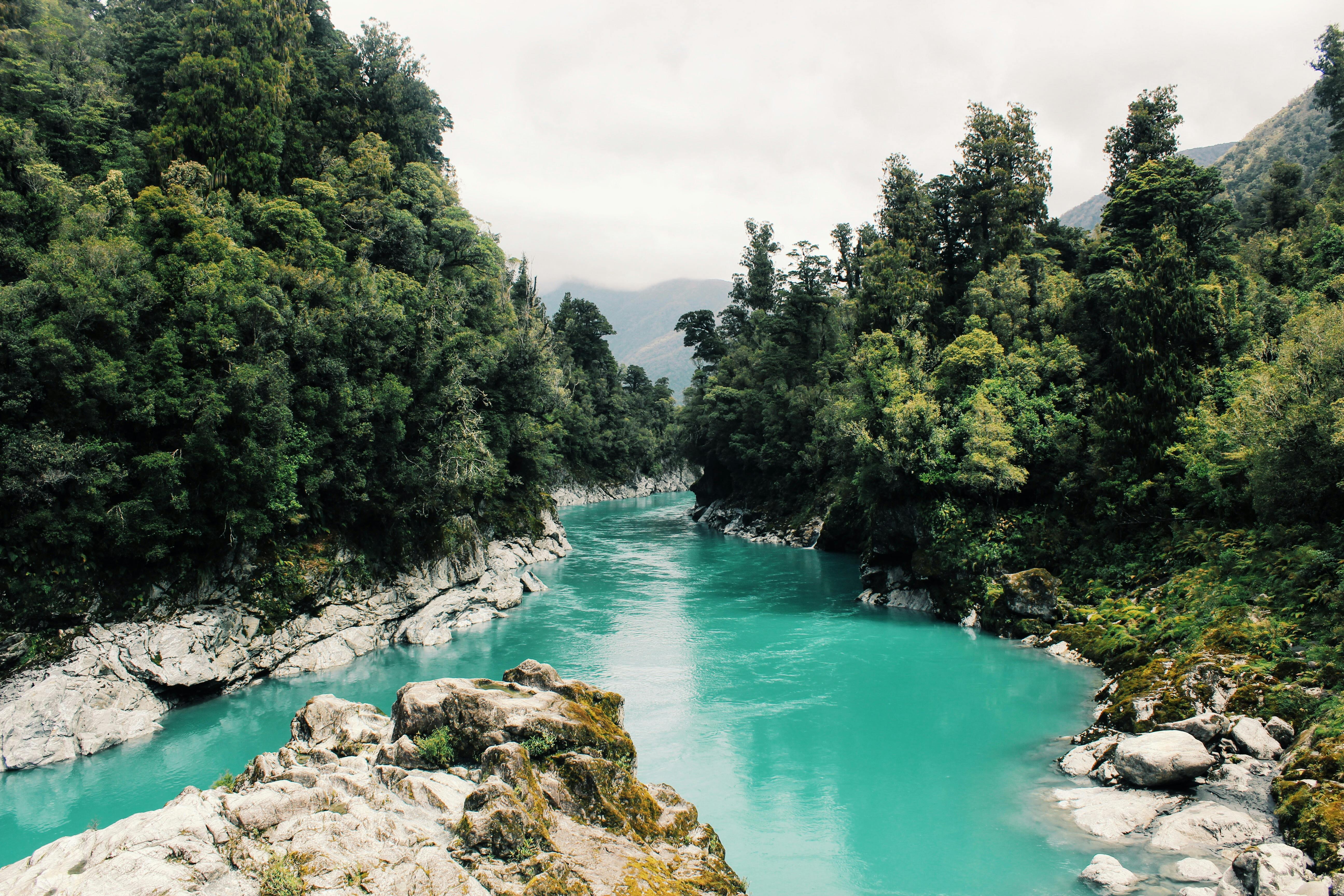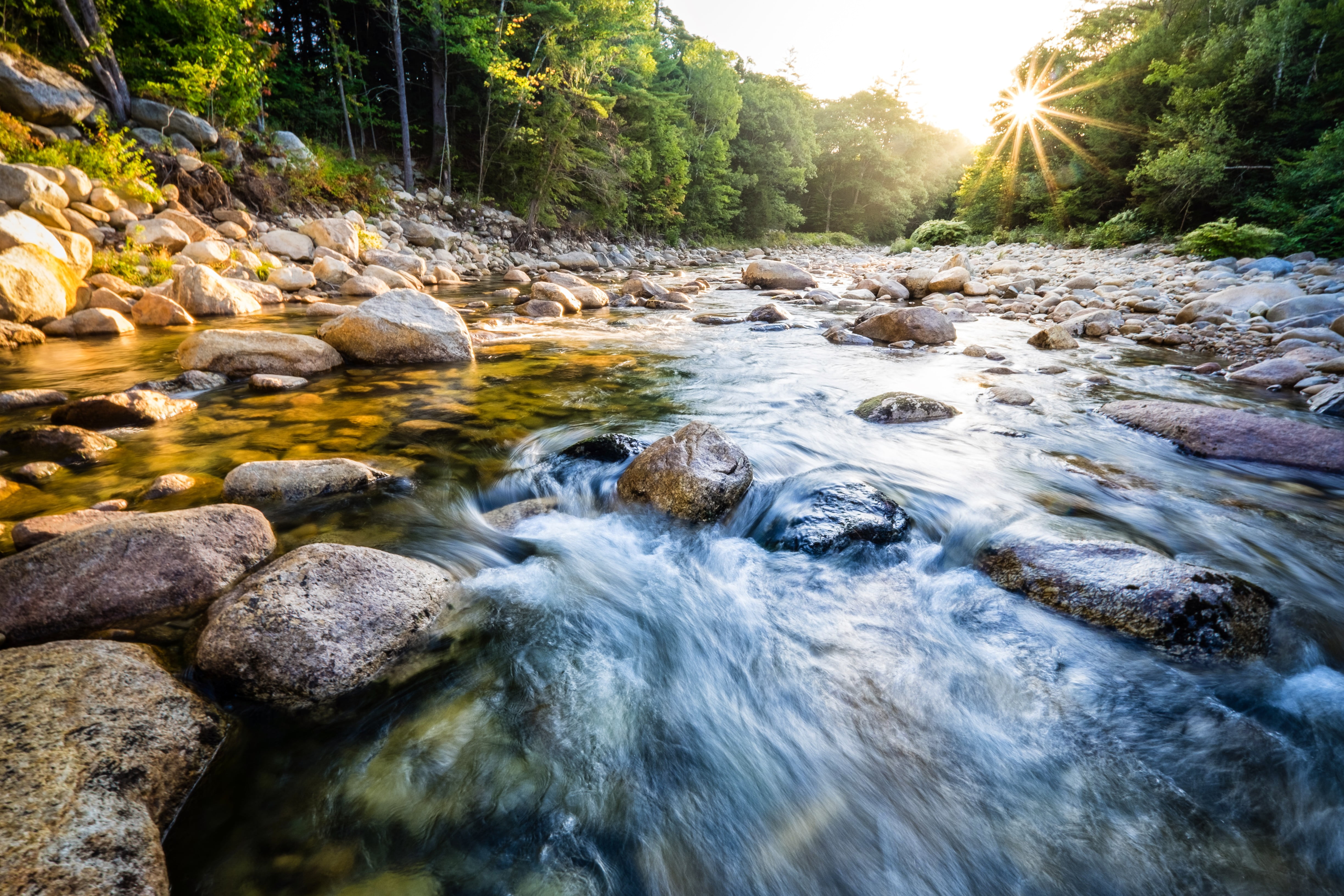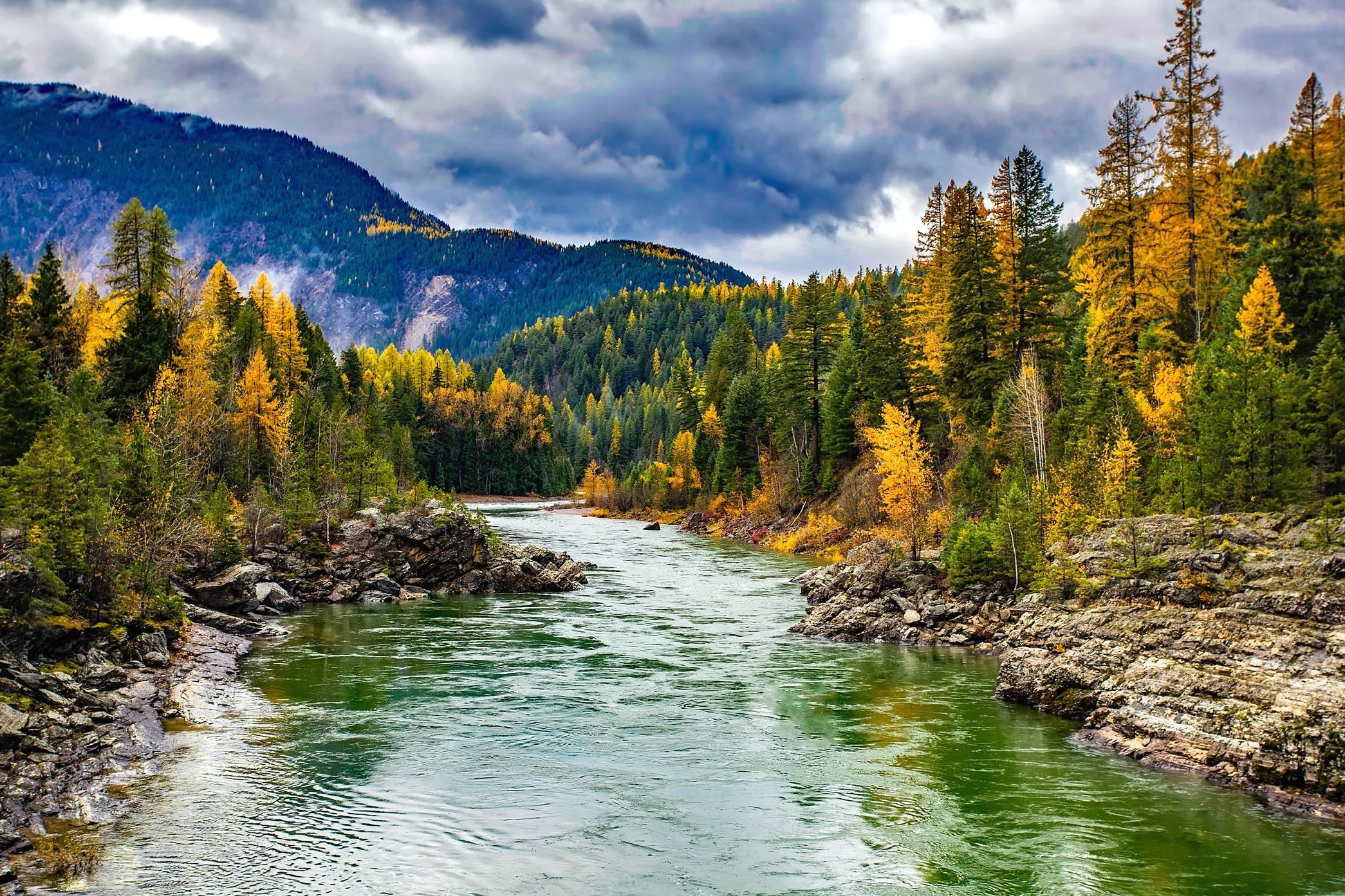River Russell Deary - Waterways And Our World
Our planet's waterways, you know, the big flowing ones we call rivers, are truly amazing. They shape the land, they give life to so many creatures, and they've been central to human communities for, well, forever. It's almost as if they have a personality of their own, always moving, always changing, yet still a steady presence in our lives. So, when we talk about something like "river russell deary," we're really thinking about how these important natural features interact with everything around them, including us.
You see, these natural streams are more than just moving water; they are vital arteries for our world. They carry things, they cool things, and they support so much life, both big and small. Sometimes, though, our activities can make things a little tough for them, and that's when we need to pay closer attention to what's happening. We might, for example, consider how different elements, like factories or even cars, affect these flowing bodies of water.
Getting a better grip on how rivers work, and how we influence them, is pretty important for everyone. It helps us understand how to keep them healthy and flowing freely for many years to come. This means looking at things like what goes into the water, how the water moves, and what makes up the riverbed itself. Basically, it’s about figuring out the whole picture, so to speak, of these incredible natural pathways.
Table of Contents
- Understanding Our Rivers - A Look at Waterways
- How Do Factories Affect River Health?
- Keeping Our Rivers Clean - What's the Deal with Cooling Water?
- What Happens When Cars End Up in Rivers?
- How Does a River Bed Work?
- Does River Flow Change with Distance from the Bank?
- What Can River Sediment Tell Us?
- Why Are Floodplains So Important for Rivers?
Understanding Our Rivers - A Look at Waterways
When we think about rivers, it's pretty clear they play a huge part in our lives, whether we live right next to one or not. They are, you know, a constant source of water, and they help move things around the land. From the smallest stream to the biggest, wide river, each one has a job to do in the natural world. They collect water from rain and snow, then carry it all the way to bigger bodies of water, like lakes or the ocean, which is pretty cool if you think about it.
Humans, too, have always found ways to live near rivers. They provide water for drinking, for growing food, and for getting from one place to another. But this closeness also means that what we do can, in a way, have an effect on the river's well-being. It's a bit like a give-and-take situation, where we get a lot from the river, but we also have a responsibility to look after it. So, you know, it’s a shared space, in some respects, for us and for nature.
Keeping these flowing water paths in good shape is something that matters to everyone. It’s not just about the fish or the plants that live there; it’s about the whole system. A healthy river means healthy land around it, and it means we have clean water for our own needs. This idea of maintaining the health of a river is, you know, a big part of how we think about our environment and how we interact with it, making sure things stay balanced.
How Do Factories Affect River Health?
Imagine, if you will, a river flowing along, minding its own business, and then you have places that make things, like factories, set up shop right by its side. This is a pretty common picture in many places, actually. We might see three of these making spots, for example, sitting along a river like the Momiss. These places, in the course of their work, tend to put out certain byproducts, and sometimes these things can get into the water.
When these places let out their leftover materials, they often send out different kinds of things that can make the water less clean. The text mentions two specific kinds, which it calls 'p1' and 'py'. These are, basically, substances that can cause trouble for the water quality. They are not, you know, the sort of things you want a lot of in a natural waterway, as they can change the way the river works and how healthy it is for living things.
The good news is that there are ways to deal with these leftover materials before they get into the river. If the stuff from each factory is put through a cleaning process, the amount of unwanted material in the river can be reduced. This is a pretty important step, you know, for keeping the water clean and helping the river stay in good shape. It’s about taking care of the river, so to speak, so it can continue to support life and provide clean water.
Keeping Our Rivers Clean - What's the Deal with Cooling Water?
Sometimes, big industrial operations, like power plants, need to cool down their equipment. This is where rivers often come into play, which is pretty interesting, actually. Think of it like this: hot steam, very hot indeed, goes into a spinning machine called a turbine. This steam is superheated, meaning it's well above its normal boiling point, and it enters at a certain pressure and temperature, like 8 megapascals and 480 degrees Celsius.
After doing its work in the turbine, that hot steam needs to cool down and turn back into water. This happens in a part of the system called a condenser. What comes out of this condenser is water that’s, you know, still liquid but has given up a lot of its heat. It's described as saturated liquid water, and it leaves at a much lower pressure, something like 8 kilopascals. This change from steam back to water needs a way to get rid of that extra heat, and that's where the river comes in, apparently.
So, to help cool down this process water, water from the river is brought in. It flows through the condenser, picks up the heat from the industrial water, and then usually goes back into the river, a bit warmer than before. This is a common method for handling heat in big industrial settings. It’s, in a way, using the river as a big heat sink, which is a fairly clever use of a natural resource.
The river water that comes into the condenser has a certain temperature when it starts its job, like 15 degrees Celsius. Then, after it has done its work of picking up heat from the process water, it leaves the condenser at a higher temperature, perhaps 35 degrees Celsius. This temperature difference shows how much heat the river water has taken away. It’s a pretty direct way, you know, to manage the heat produced by things like a Rankine cycle, which might be making about 10 units of something, perhaps power.
The Rankine cycle, which is a type of heat engine, is actually producing something, like power or energy, and to do that efficiently, it needs this cooling step. The river water is, basically, a key part of keeping that whole system running smoothly. It’s a very practical application of natural resources in industrial processes, and it shows how interconnected these systems can be with our natural surroundings.
What Happens When Cars End Up in Rivers?
It's a pretty unusual situation, but sometimes, you know, an automobile might accidentally find its way into a river. When this happens, it creates a whole different set of considerations, not just for the vehicle itself but for the river environment. It’s a sudden event that can have immediate effects on the water and the things living in it. So, what exactly happens then, you might wonder?
If a car goes into the water, one of the things to think about is the car door itself. The text mentions a car door that's roughly a rectangle, measuring about 36 inches high, and it opens on a vertical side, like most car doors do. This detail, while specific, helps us picture the situation. The car, and its parts, become part of the river environment, at least for a while, and that's something the river has to deal with, basically.
Beyond the car's physical presence, there's also the matter of what the car might release into the water. The text mentions "P5.40, the plant discharges energy." While this might seem a bit out of place with a car in a river, it could be a reference to something else happening nearby, or perhaps a different kind of "plant" in the context of the problem. It highlights, in a way, that anything entering the river can have an effect, whether it’s a car or something else letting out its own kind of "energy" or substances into the water.
How Does a River Bed Work?
The very bottom of a river, what we call the river bed, is a pretty interesting place. It’s not just flat ground; it’s made up of different layers, which is pretty important for how the river behaves. For instance, a river bed might have a layer of sand, maybe about 8.25 meters thick, sitting on top of a type of rock that water can't get through, called impermeable rock. This layering affects how water moves, and how the river interacts with the ground beneath it, so to speak.
Above this bed, of course, there’s the water itself. The depth of the water can vary, but in some cases, it might be around 2.50 meters deep. This depth, along with the shape of the river bed, plays a big role in how fast the water flows and where it carries things. It's all, you know, part of the natural design of a river, influencing everything from the aquatic life to how we might use the river for things like transport.
Sometimes, for construction work or to manage the river, people might build something called a cofferdam. This is a temporary structure that helps keep water out of a certain area. A long one, perhaps 5.50 meters wide, could be made by pushing two lines of sheet piling deep into the ground. This shows how, you know, we sometimes have to interact directly with the river bed to build things or to control water, which is a pretty big undertaking.
Does River Flow Change with Distance from the Bank?
Have you ever noticed that water in a river doesn't always move at the same speed everywhere? It's actually a pretty common thing, and the text mentions a river flowing eastwards, staying parallel to its banks. What's interesting is that the speed of the flow can, in a way, depend on how far you are from the southern bank. It's not just one constant speed across the whole width, you know, which is something to think about.
The speed of the water flow is connected to the distance from the bank, and this relationship can be described by a certain rule. The text says it's related to 'L', which is the distance from the southern bank, with a range like 0 to 'L'. There's also a 'vo' involved, which is a positive number that stays the same, and 'l' is another factor. This shows that the river's movement is not simple; it has patterns and rules that govern its speed at different points, which is pretty neat.
So, basically, the water right next to the bank might move a bit slower than the water in the middle of the river. This is because of friction with the bank and the river bed. It’s a natural characteristic of how water moves in a channel. Understanding these differences in speed is, you know, important for things like boat travel or even for predicting how pollutants might spread in the water, giving us a clearer picture of the river's dynamics.
What Can River Sediment Tell Us?
Rivers are constantly carrying bits and pieces of stuff along with them, from tiny grains of sand to bigger pebbles. This material is called sediment, and what it does, whether it moves along, wears away the river bed, or settles down, depends a lot on how fast the water is moving and how big the sediment pieces are. It's a pretty dynamic process, actually, that shapes the river over time.
The text gives us some numbers to think about this relationship. It lists flow speeds in centimeters per second, like 0.1, 10, 100, and 1000. Then it connects these speeds to different grain sizes in millimeters, such as 0.001, 0.01, 0.1, 10, 100, and 1000. It then shows how these combinations lead to either transport (carrying the sediment), erosion (wearing away the bed), or deposition (the sediment settling down). This is, you know, a very clear way to see how the river’s energy affects the material it carries.
According to a figure that might show these relationships, if you have sediment with a diameter of 0.1 mm, its fate in the river depends on the water's speed. At certain speeds, that 0.1 mm sediment will be carried along; at others, it might settle, or it could even contribute to wearing down the river bed. It’s a good example of how specific details about the river, like flow speed and sediment size, really matter in understanding its behavior, so to speak.
This interplay between water speed and the size of the material in the river is, basically, how rivers change their shape over long periods. They carve out valleys, they build up floodplains, and they shift their courses, all because of how they handle sediment. It's a constant dance between the water and the earth, and understanding it helps us get a grip on how rivers have shaped our landscape for ages, which is pretty cool.
Why Are Floodplains So Important for Rivers?
When we talk about rivers, we often hear about something called a floodplain. To get a good handle on what a floodplain really is, you need to think about how it relates to the main path of the river, the channel itself. It’s not just any flat piece of land near water; it has a very specific connection to the river, which is pretty important, you know, for the river’s natural cycles.
A floodplain is, in essence, the flat or nearly flat land next to a river that gets covered with water when the river overflows its banks during times of heavy rain or snowmelt. It’s like the river’s natural overflow area. The text asks us to consider whether the surface is flat or wavy, and generally, floodplains are characterized by being quite flat, as they are formed by the river depositing sediment over many floods. This flatness is a key feature, in a way, that helps define them.
The relationship between the floodplain and the river channel is very close. The river builds the floodplain over time by leaving behind layers of silt and soil when it floods. This makes the land very fertile, which is why many farming communities have historically settled on floodplains. So, you know, it’s a natural process that has a big impact on both the environment and human activity.
Understanding what a floodplain is and how it works is, basically, important for a few reasons. It helps us know where it might be risky to build, and it helps us appreciate the natural role of rivers in shaping the land and supporting ecosystems. It’s a vital part of the river’s overall system, allowing it to spread out and deposit nutrients, which is pretty neat when you think about it.

1000+ Amazing River Photos · Pexels · Free Stock Photos

River Background Wallpaper

Free picture: natural park, reflections, river, rocks, cloud, pine tree